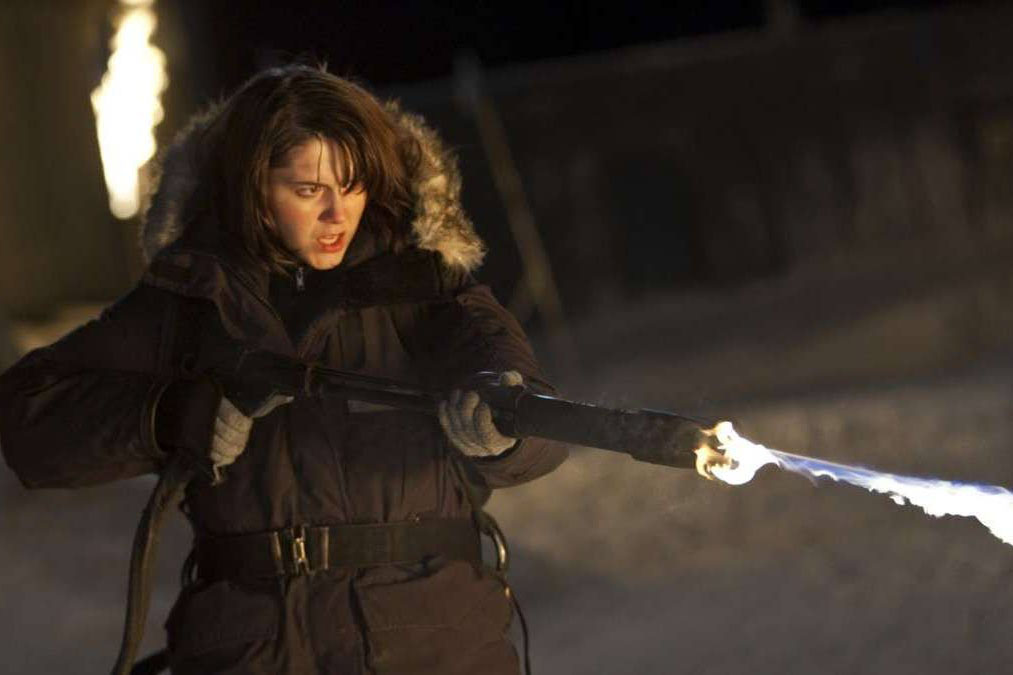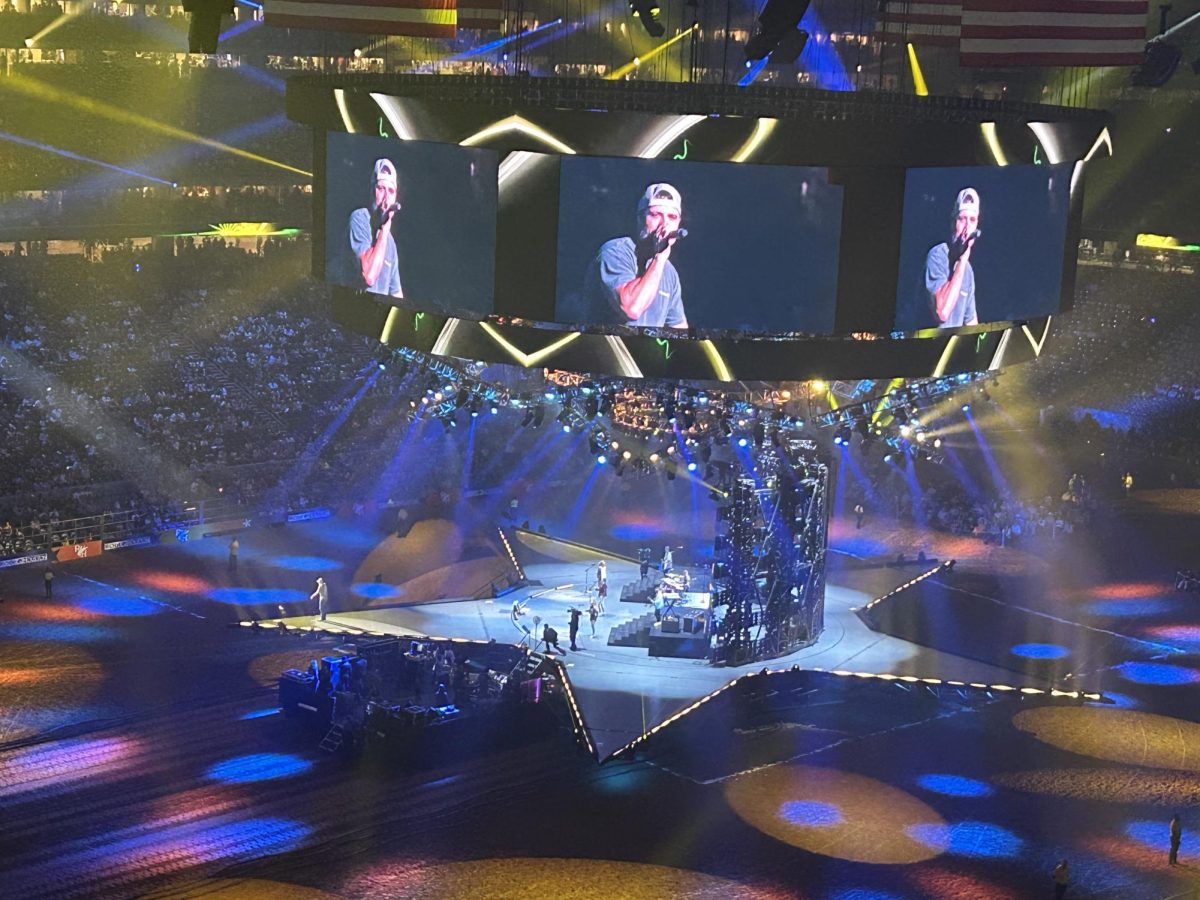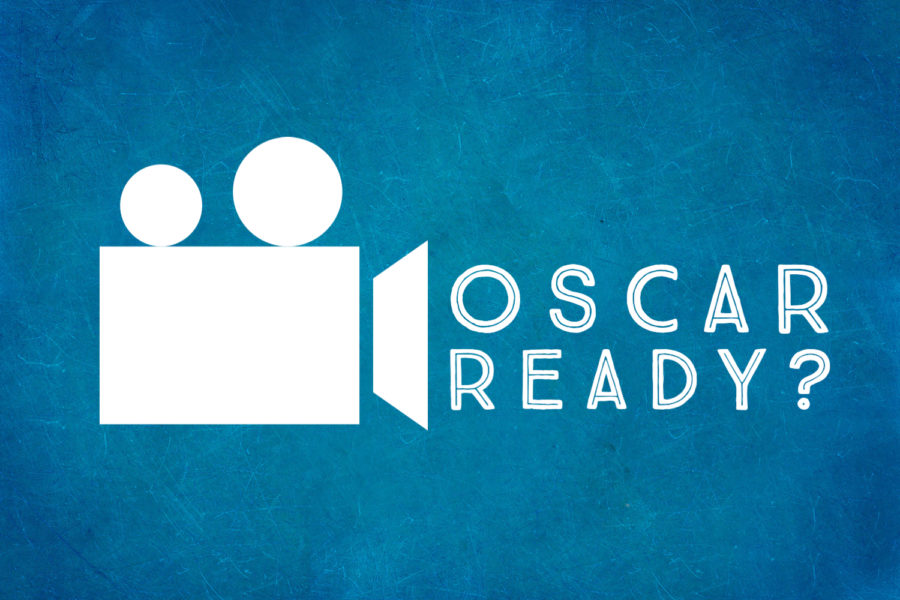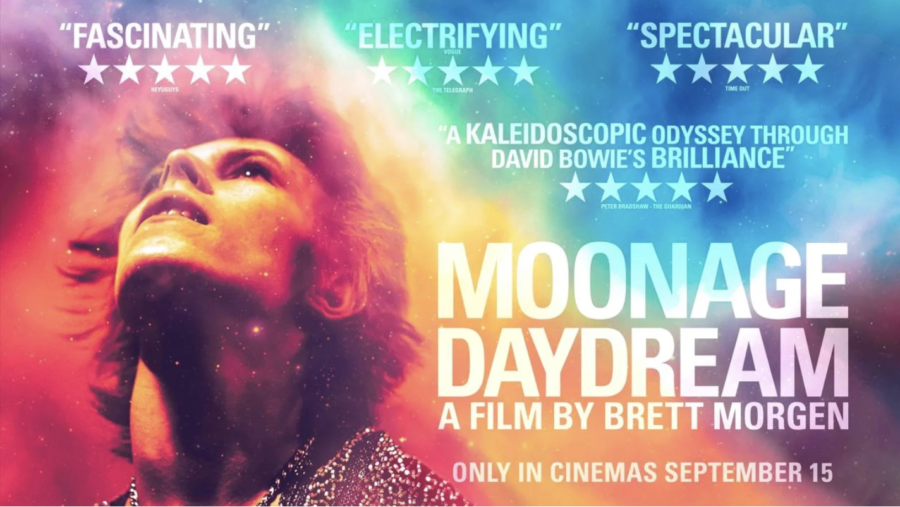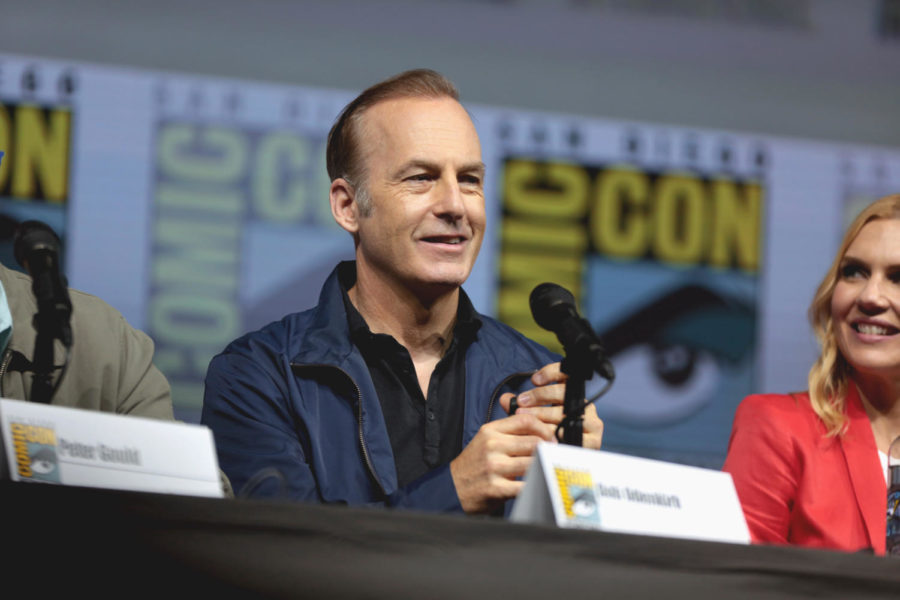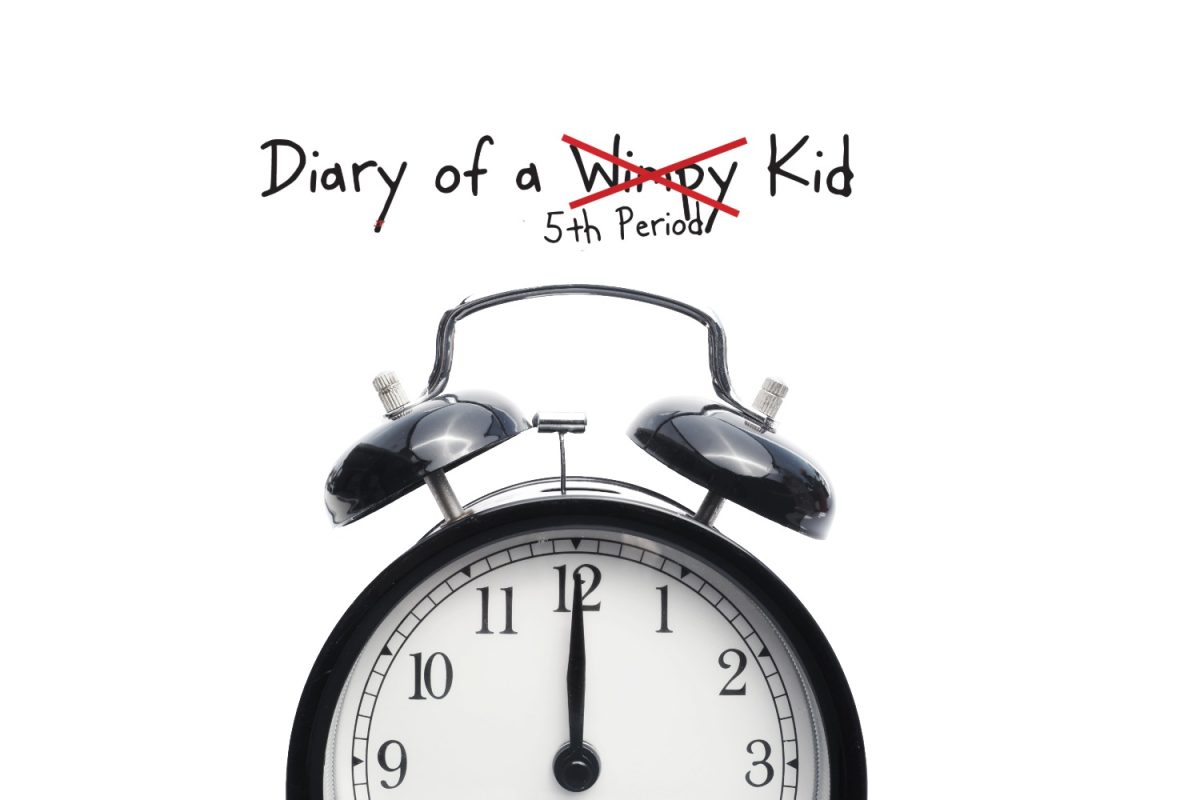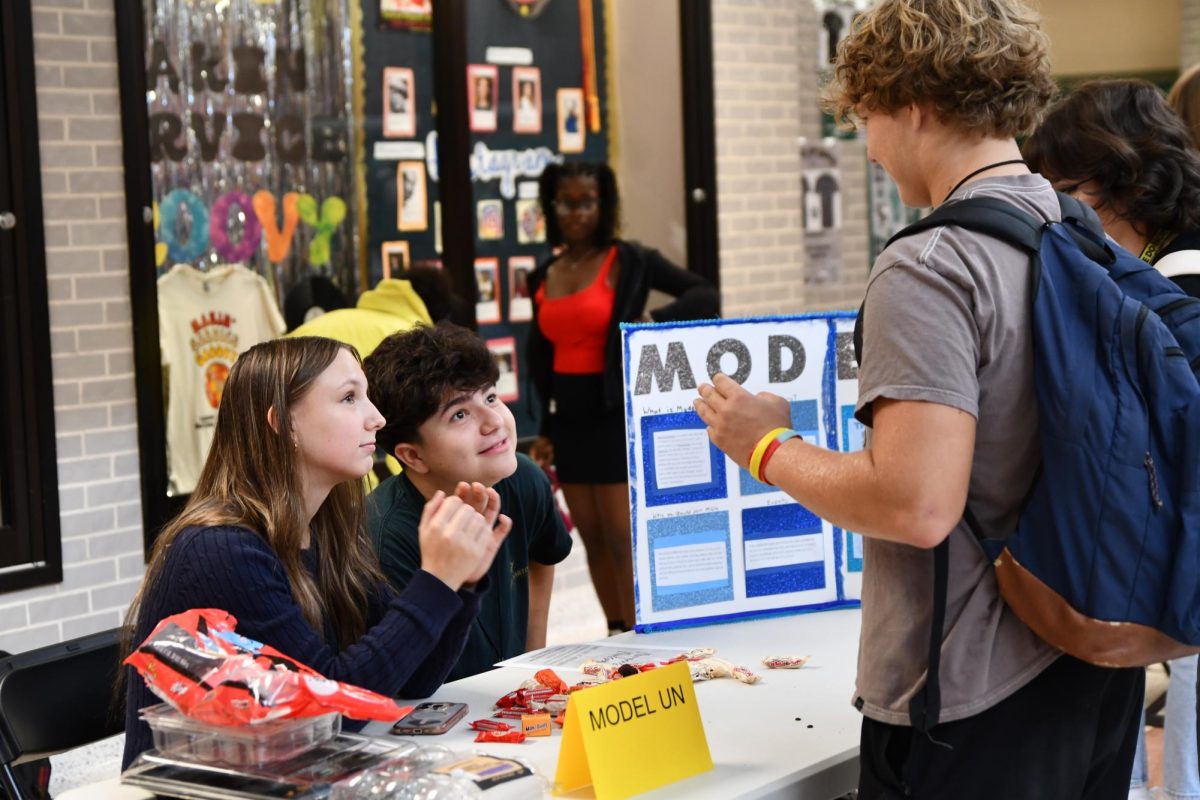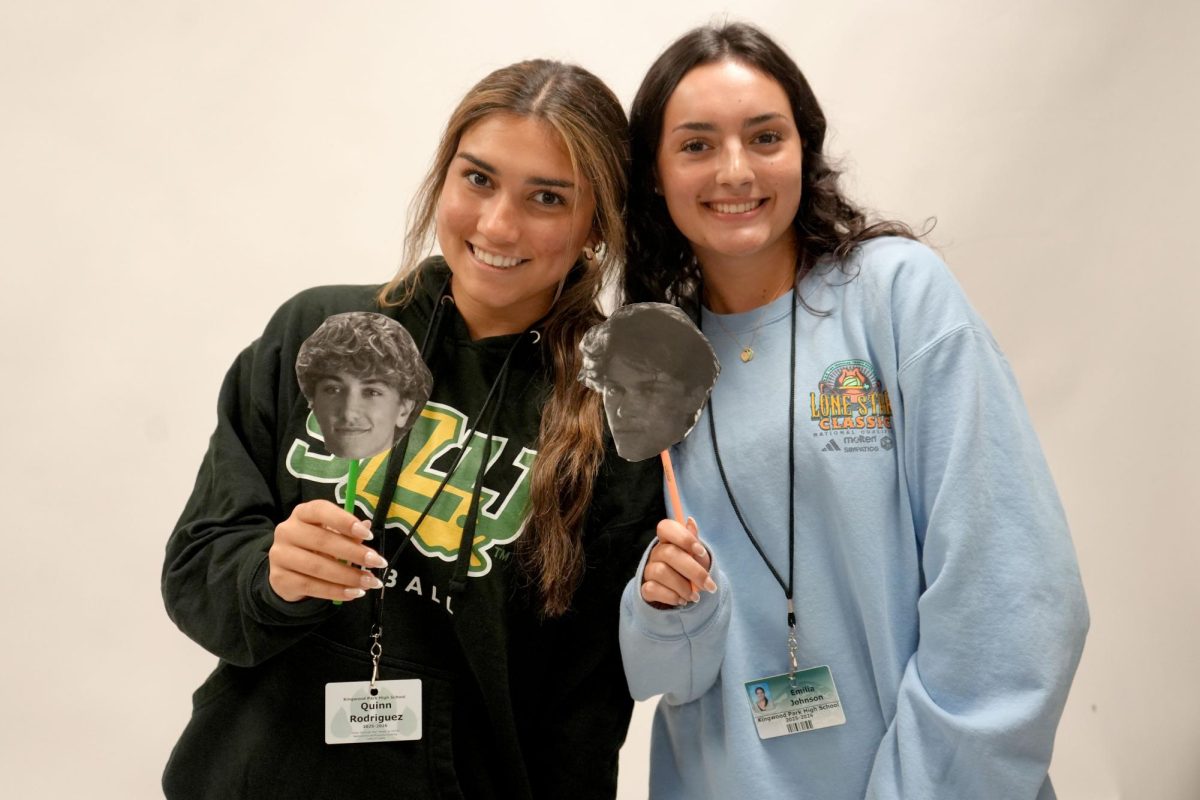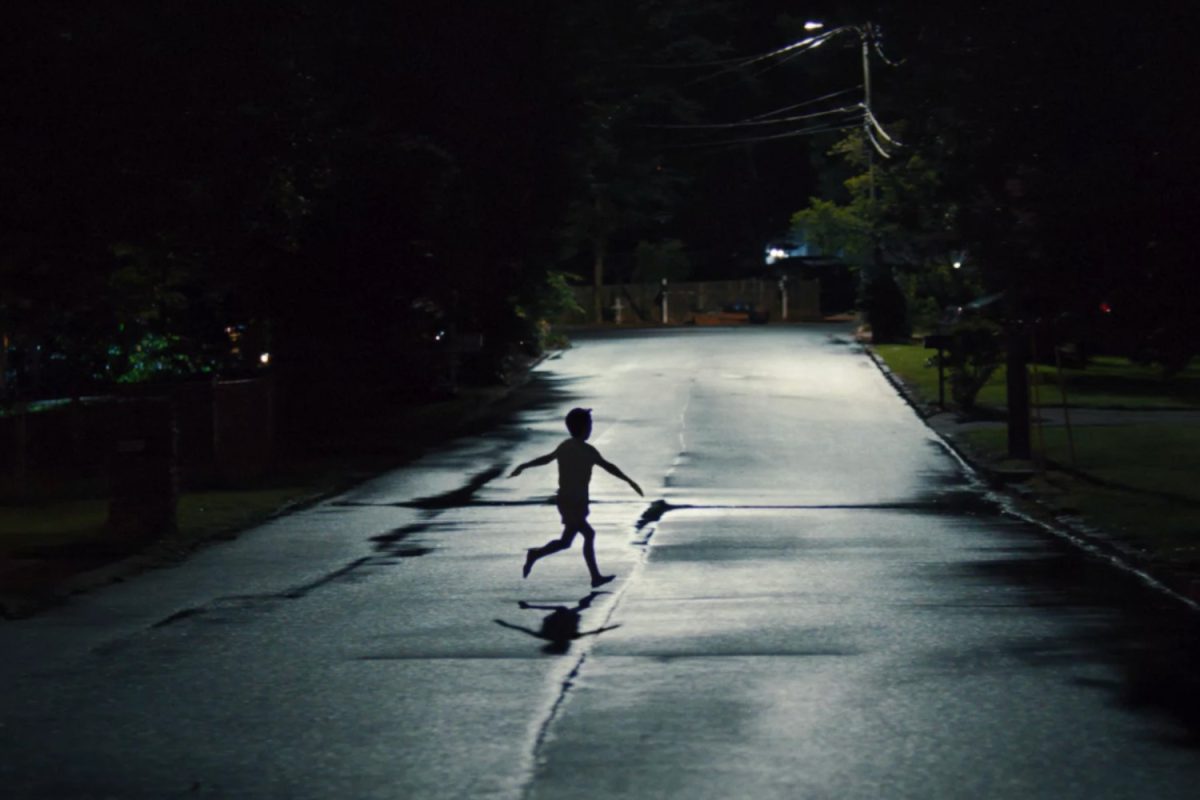During the 2000’s, moviegoers saw the rise of computer-generated imagery (CGI) in films. In some cases, CGI has made movies easier to make and resulted in them looking better overall. However, the rise of computer-generated imagery has resulted in the destruction of an art form long used in movies since their inception: the art of practical effects.
The history of films goes back over a century, with the release of “The Horse in Motion” by photographer Eadweard Muybridge. The film consisted of 58 pictures taken of a horse galloping, played one after another in a fast rhythm to simulate the picture moving.
The earliest use of what we now deem as practical effects wouldn’t be used until 1895, however, with the release of Alfred Clark’s The Execution of Mary, Queen of Scots. In the film, we see the execution of the queen. To make it look so realistic, the director used stop motion for the execution, giving the illusion of an actual beheading. At the time, this was revolutionary, a new way to make scenes thought to be impossible.
The following decades would show this progression of practical effects in films such as A Trip to the Moon (1902), Metropolis (1927), and King Kong (1933). It came to the point where this way of making movies became an art form.
The use of practical effects would be used up until the ‘90s when CGI started to become the next big thing for movies. Throughout the 2000s to the 2010s, CGI’s emergence into film was prevalent. It became the new norm for special effects in movies.
Some movies use CGI in subtle ways, such as the hit movie The Social Network (2010), where CGI was only used in the movie to make the actors portraying the Winklevoss twins look identical. Some movies, however, had an overreliance on CGI, such as Green Lantern (2011). Instead of using a practical suit made by the costume department, the director decided to make Green Lantern’s suit entirely out of CGI. The movie received massive backlash when it was released, for both the quality of the movie itself and the quality of the CGI littered throughout the movie.
The most egregious use of CGI that completely ruined the movie is the 2011 remake of The Thing. The original film came out in 1951 and was called, “The Thing from Another World.” Several decades later, John Carpenter would remake the movie and turn it into a classic horror movie that is now considered a masterclass in horror cinema. Released in 1982, The Thing follows a group of scientists in Antarctica as they try to defend themselves from a shape-shifting alien they’ve freed from a block of ice.
The film wasn’t received well upon release, but years later people would look back on it and realize that movie was amazing – a true one-of-a-kind film with great acting, amazing scares and top-notch practical effects.
On the opposite side, we have the remake from 2011. It was released to horrible reviews, but unlike the original, The Thing remake is not looked back on so fondly. Most people and fans of the original, agree that it’s a monstrosity of a film that butchered the original film. One of the main complaints from people about the movie was the CGI, and its over abundance in the movie. It took away from the scares because of how bad it looked.
The reason for the film’s bad reputation is due in part from the acting, writing and the bad CGI. The original had used all practical effects, which enhanced the movie’s terrifying scenes to a new level of horror. The problem with The Thing remake is that because of the use of CGI, we see the monster more closely and for longer periods of time. Seeing all its detail or lack thereof – compared to the original where we barely see the monster for most of the film – our fear while watching the original The Thing isn’t produced from how scary the monster looks, but from the paranoia it produces. It’s the thought that anyone in the cast could be the monster, and transform into a grotesque beast, that looked real because of the practical effects. This is something the makers of the remake didn’t understand. Because of that lack of understanding for the original, the remake from 2011 is now seen as a bad stain on the legacy of horror movies.
Practical effects have been around for a long while, and since their inception they’ve helped filmmakers make difficult scenes a reality, and make the movie seem more real. But since the rise of CGI, practical effects have taken a back seat in modern films, with them now seeming too hard to make, and CGI being seen as an easier, cheaper and faster alternative to use. Looking back on older movies, practical effects made some of the best moments from cinema and now are a relic of the past. It makes us realize how great these directors did making their movies, with the love and care for the projects seeping through the screen and showing us, the viewers, how much love and care went into making these amazing practical effects, and these astounding movies.


